Encapsulating three distinct ecosystems and nearly a million acres, Olympic National Park in the state of Washington features glaciated mountains, fertile temperate rain forests, and picture-worthy coastlines. Altitudes range from sea level to well above 7,900 feet at Mount Olympus, making RVing Olympic National Park a bucket-list trip.
You can see why this “home of the gods” is included in the national park system. From shining seas to moss-covered old-growth forests and pristine mountain lakes like Lake Quinault, Olympic National Park harbors many of God’s most stunning landscapes.
Why Visit Olympic National Park in Your RV?
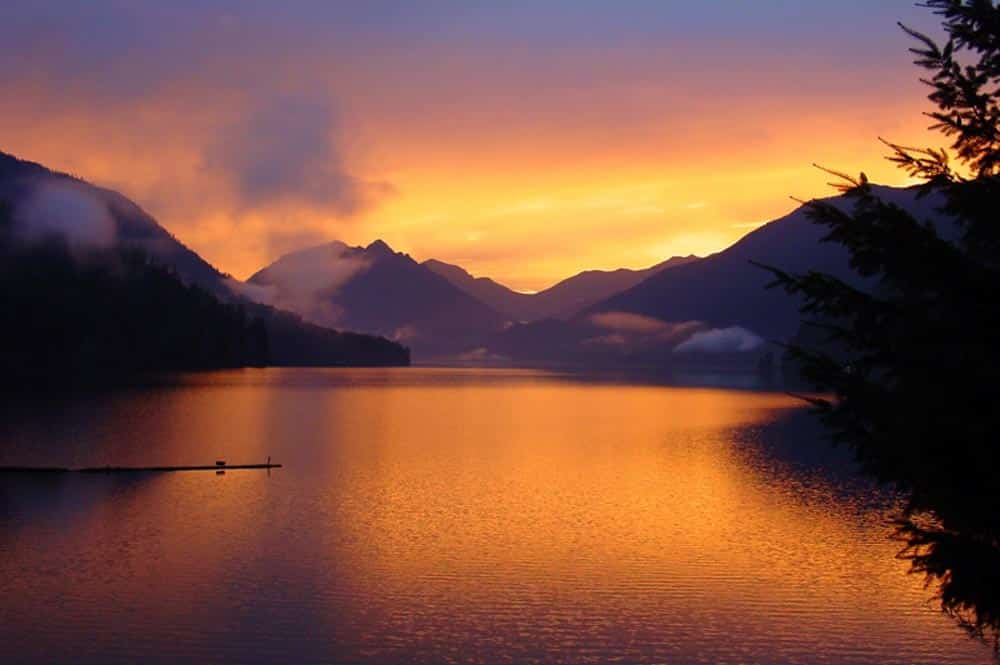
Olympic National Park covers three different ecosystems. What better way to see pristine coastlines, temperate rain forests, and awe-inspiring mountain vistas than by RV? Several of the 15 campgrounds inside the park have room for RVs that range in size between 21 feet and 35 feet.
Park your motorhome and then jump in the toad or tow vehicle and dash off to explore over 900,000 acres of wilderness, wildlife, and wonder. Then return home for a great meal and a good night’s sleep in your own bed, before heading out again the next morning.
When to Visit Olympic National Park
The park is open year-round. However, mountainous terrain accumulates a good deal of snow, so campgrounds and roads are sometimes closed due to weather. The most popular time of year is the summer when high mountain valleys are filled with wildflowers, animals wander their natural habitats, and beaches beg to be combed.
Olympic National Park in the Spring
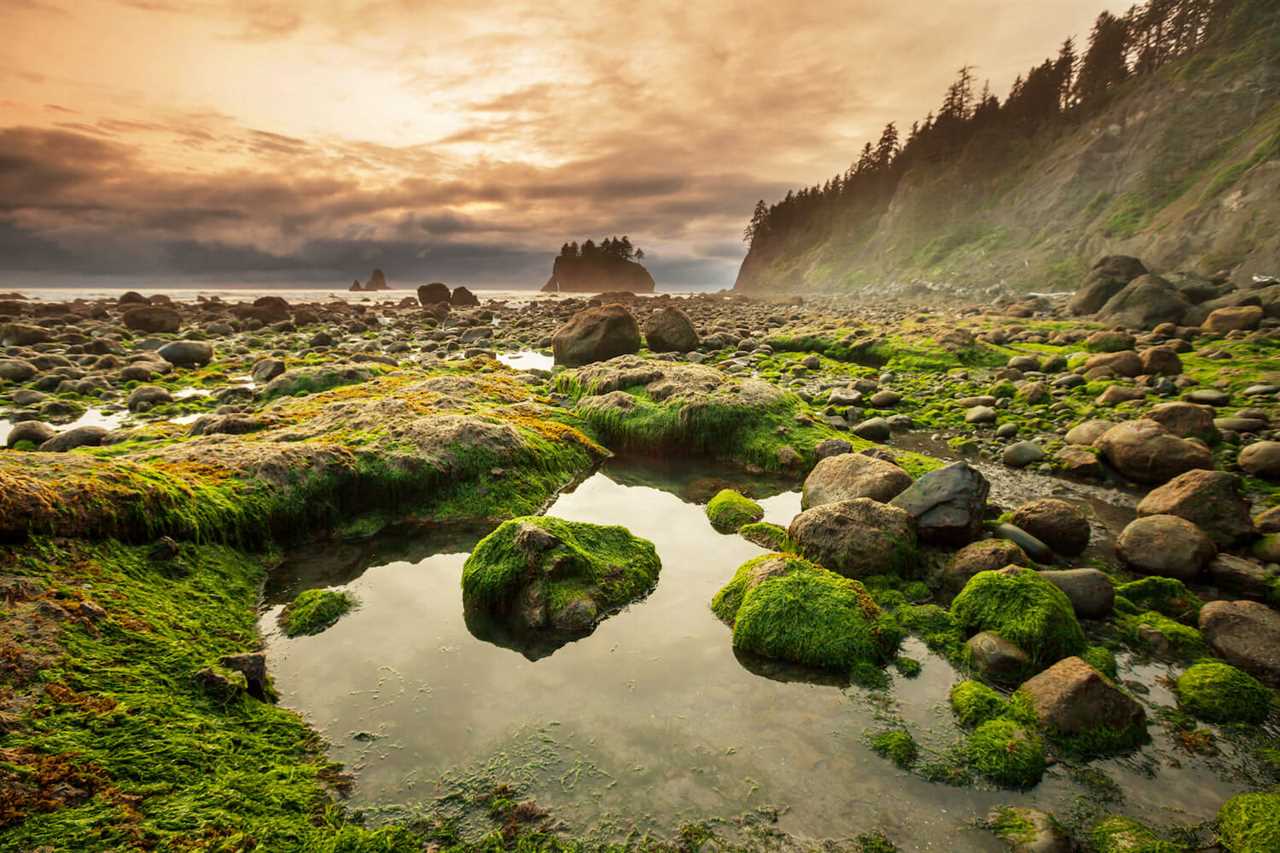
Photo by Galyna Andrushko via Shutterstock
Weather remains unpredictable in the spring, and snow still causes closures for campgrounds and roads. Regardless, spring is the second most popular time to visit the park. Pack weather-appropriate clothing and gear, which in this season means ponchos, waterproof shoes and outerwear, and general rain gear.
Olympic National Park in the Summer
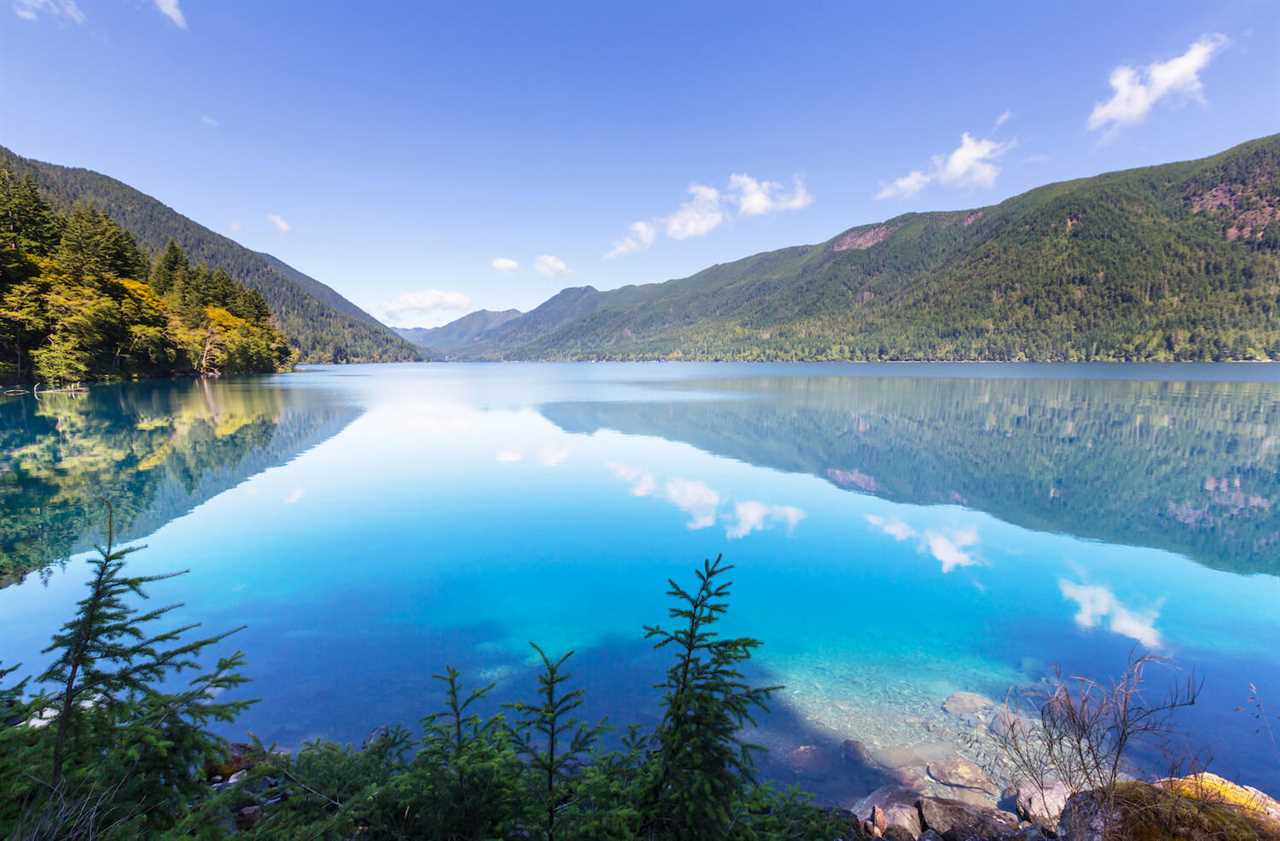
Photo by Galyna Andrushko via Shutterstock
Summer is the most beloved time for visitors to Olympic National Park, with July and August being the most popular months. Expect moderate temperatures—often 60℉ to 70℉—but keep the rain gear handy as thunderstorms and rain are still common in the warmer months.
Olympic National Park in the Fall
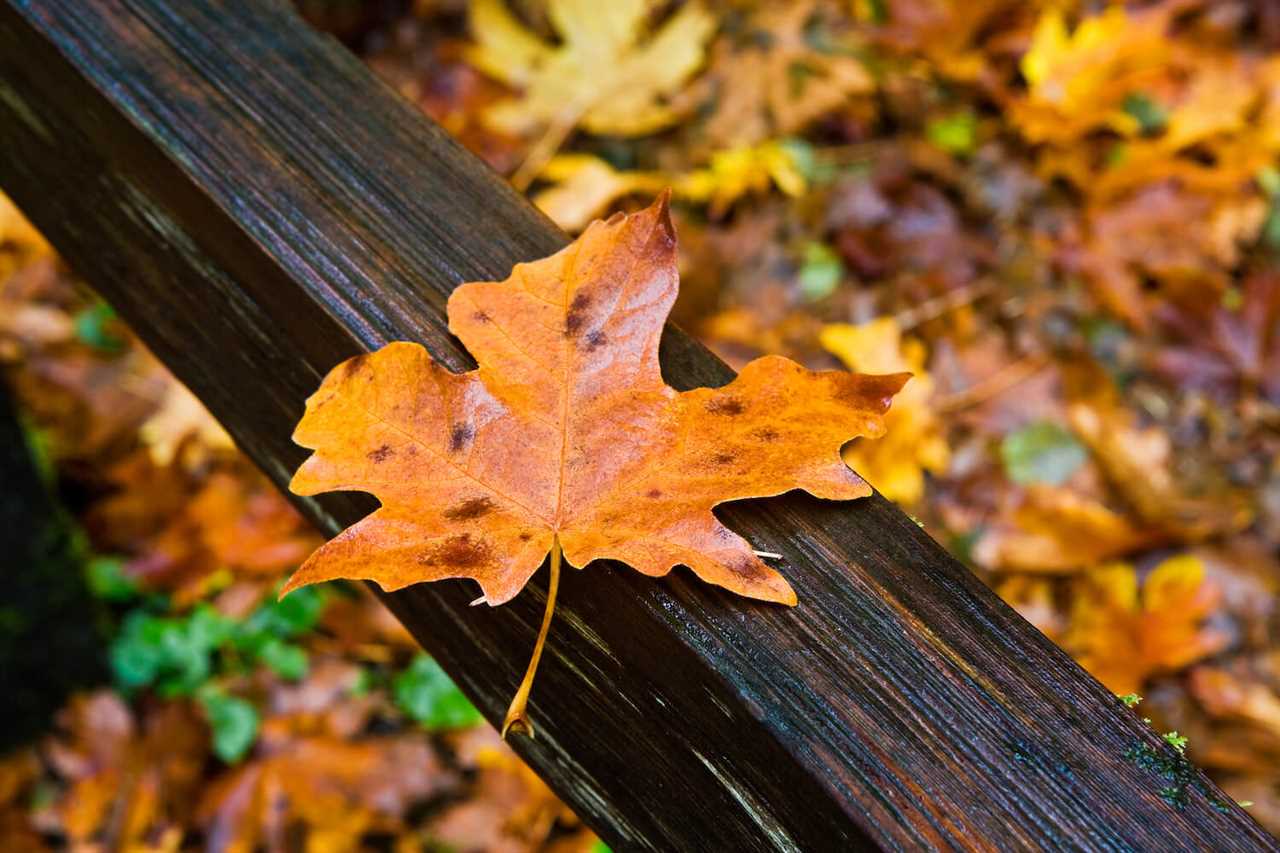
Photo by vewfinder via Shutterstock
Temperatures in the fall drop to the upper 50s and mid-30s, rainfall increases, and it’s not uncommon to see snow in the high country fall in September. This is still a great time to visit the park, but expect a wetter season with more than half of the days in November typically seeing rainfall.
Olympic National Park in the Winter
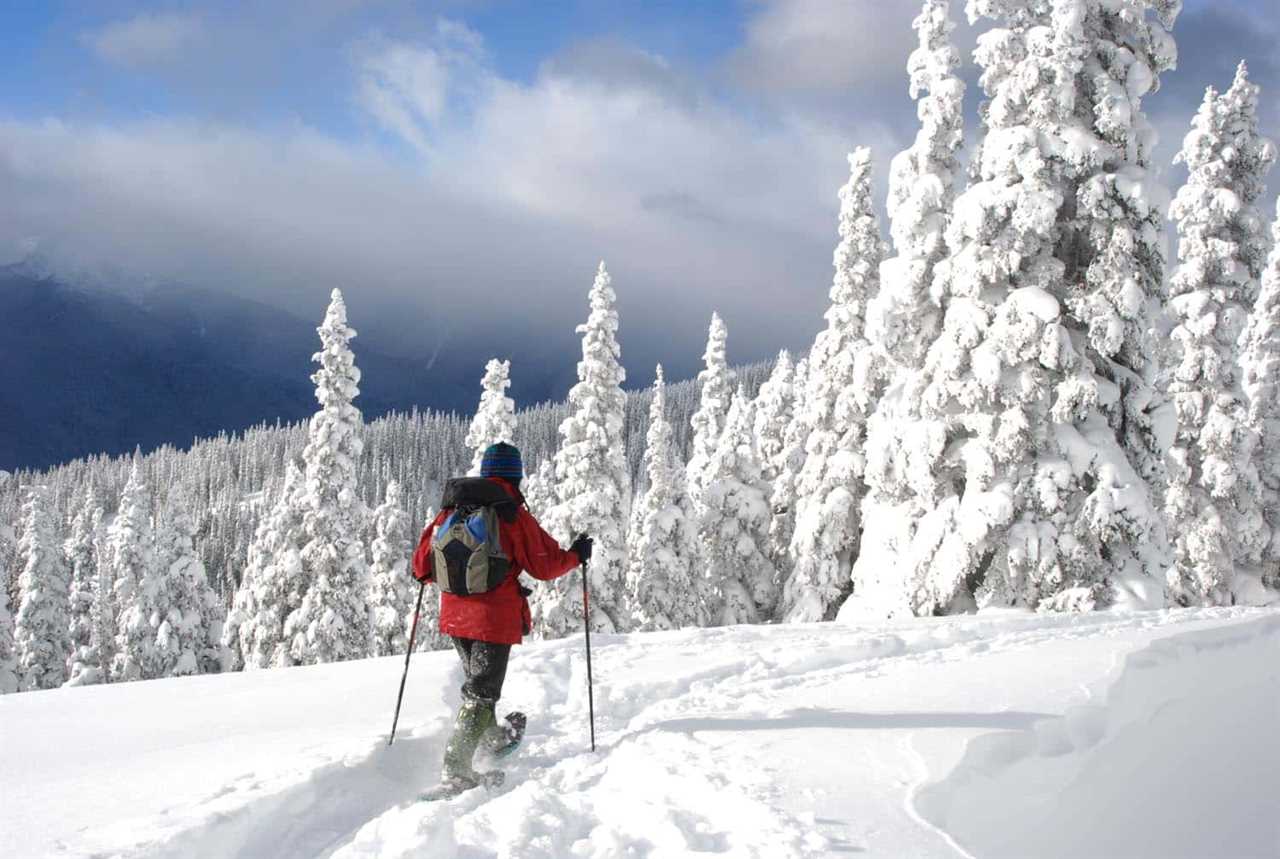
Photo Credit: NPS Danielle Archuleta
With winter comes less access, but a plethora of outdoor activities like snowshoeing and skiing can be enjoyed with the beauty of the Pacific Northwest serving as a striking backdrop. Heed road closures due to snow or low-visibility conditions, and it’s common for many campgrounds to close during these months.
Where To Stay
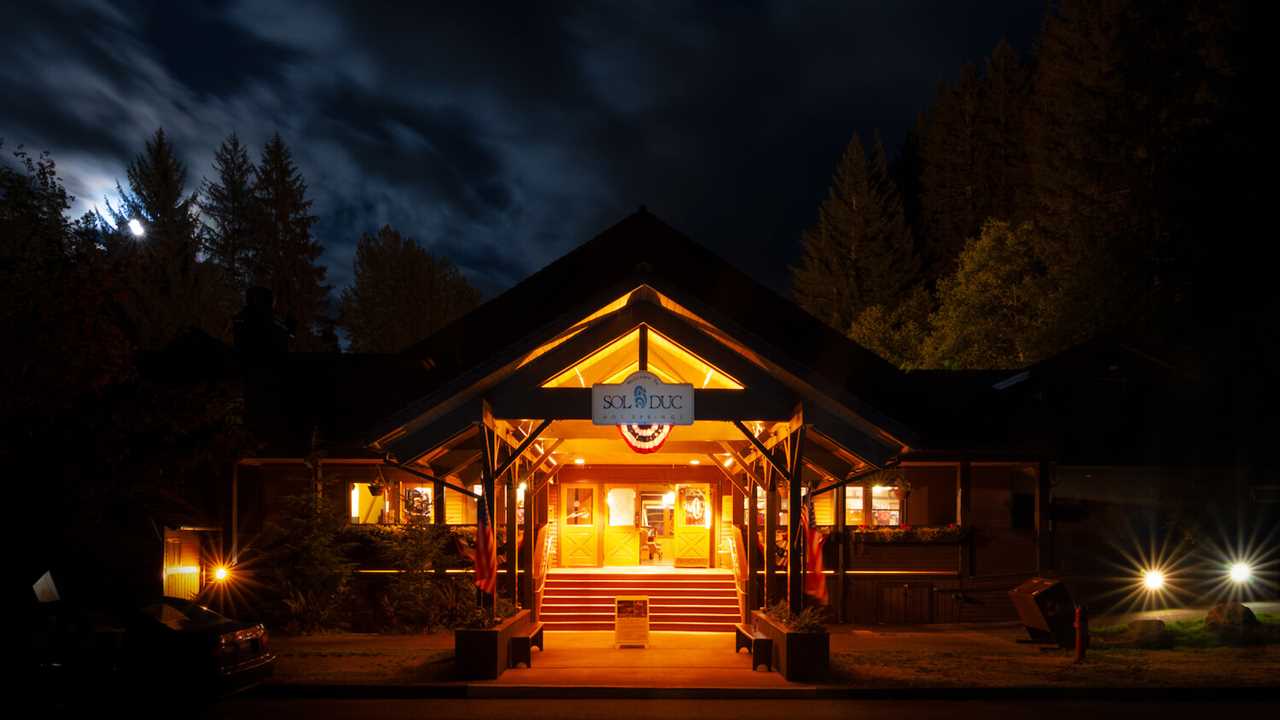
Photo by S Winter via Shutterstock
Olympic National Park has 15 campgrounds, some of which are open year-round but do not have running water during the winter season. Of these, 10 are suitable for motorhomes and trailers, with some accommodating rigs up to 35 feet in length.
Not all sites have dump sites and vary in accessibility by RV. There are also no showers or water/electrical hookups at any of the park-operated campgrounds. Sol Duc Hot Springs RV Resort and Log Cabin Resort RV & Campground do offer showers and hookups, but they are operated by private concessionaires.
Here’s a quick campground breakdown:
- Deer Park Campground – 14 sites for tents only.
- Dosewallips Campground – hike in campsites for tents only.
- Fairholme Campground – 88 lakeside campsites with room for RVs of 21 ft. or less.
- Graves Creek Campground – 30 streamside sites, no RVs or trailers allowed.
- Heart O’ The Hills Campground – 105 sites with room for RVs from 21 ft. to 35 ft.
- Hoh Campground – 78 rainforest campsites with room for RVs from 21 ft. to 35 ft.
- Kalaloch Campground – 170 oceanside sites with room for RVs from 21 ft. to 35 ft.
- Log Cabin Resort – 38 full-hookup sites for RVs up to 35 ft.
- Mora Campground – 94 campsites with room for RVs from 21 ft. to 35 ft.
- North Fork Campground – 9 rain forest sites, not recommended for RVs or trailers.
- Ozette Campground – 15 lakeside campsites, room for RVs of 21 ft. or less.
- Queets Campground – 20 sites, not recommended for RVs.
- Sol Duc RV Park and Campground – 82 riverside sites, with room for RVs from 21 ft. to 35 ft.
- South Beach Campground – 55 sites overlooking the ocean with room for RVs from 21 ft. to 35 ft.
- Staircase Campground – 29 forested sites with room for RVs from 21 ft. to 35 ft.
There is also backcountry dispersed camping throughout the park. A permit is required.
Staying Outside the Park
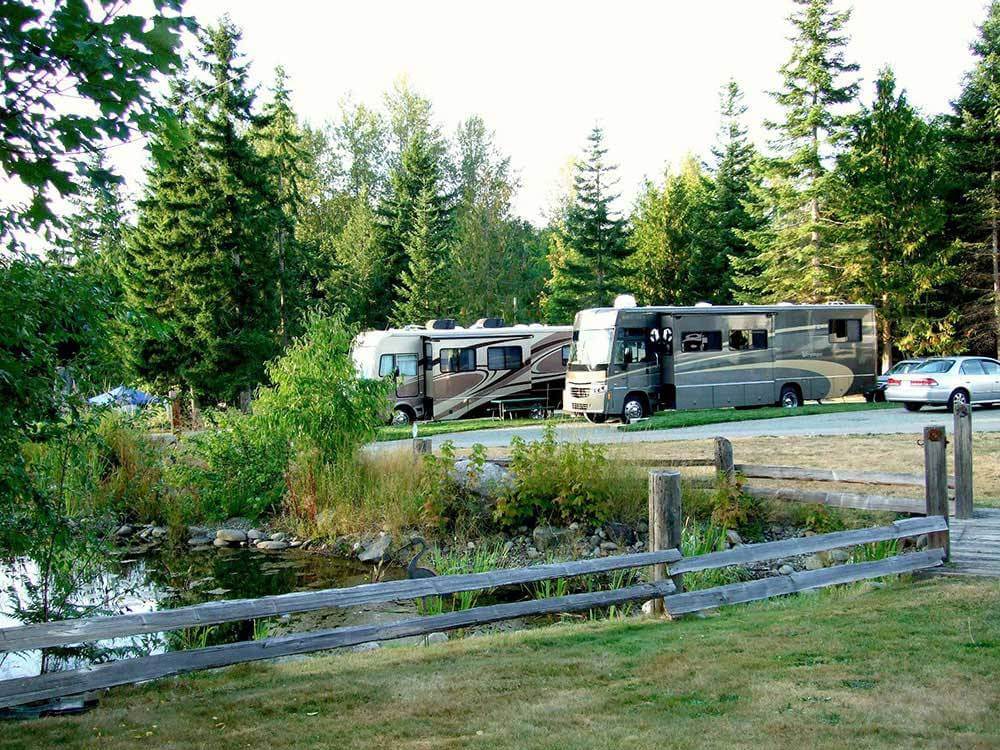
Photo by Good Sam
If you’re looking for full-hookup RV camping outside of the park, here are some great additional options.
- Elwha Dam RV Park: Located less than 10 miles from the park entrance, this campground has 51 full hookup sites, along with cabins and tent space.
- Eagle Tree RV Park: Located in Poulsbo, WA. This park is about 1.5 hours from the park entrance and boasts 53 full-hookup RV sites.
- Skokomish Park at Lake Cushman: Located in Hoodsport, WA. This park boasts 30 lakefront campsites and provides great access to Olympic National Forest.
- Gilgal Oasis RV Park: Located about a half-hour drive from the Olympic National Park visitors center, this campground has 25 paved, full hookup sites.
- John Wayne’s Waterfront Resort: Located about a half-hour drive from the park, this campground has 31 full hookup sites.
Invest in a Good Sam Membership and save 10% on nightly stays at Good Sam Campgrounds.
Tips for your Camping Stay
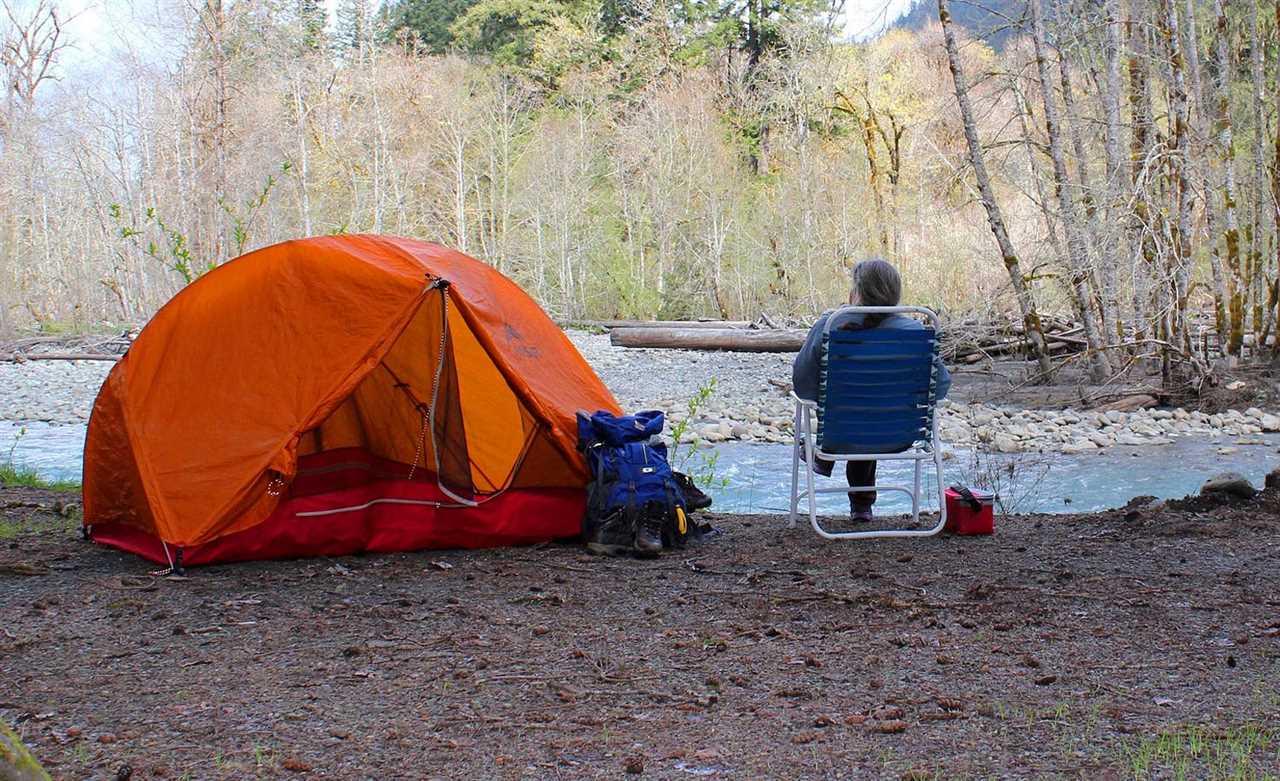
- Sol Duc Hot Springs Campground and RV can be booked online at recreation.gov.
- Log Cabin Resort RV & Campground offers reservations by phone at 888.896.3818
- Firewood may be collected at most sites when not available by concession.
- Bears, rodents, birds, and other scavenging wildlife are common. Be prepared to practice proper food storage in your trunk or animal-proof food storage locker.
- Vehicle camping is only allowed in authorized campgrounds in the park
If you would like to splurge with some time away from the RV, the park has numerous lodges and cabins available, as well.
How to Get Around Olympic National Park

Photo by Michael Carni via Shutterstock
Olympic National Park incorporates more than two-thirds of the Olympic Peninsula, but Highway 101 encircles almost the entire park. Enter Olympic from this highway from virtually any direction. The park is separated into ten sections, and roads leading from Highway 101 will give visitors access to hiking trails, campgrounds, and activities.
Some roads and destinations close with winter weather, so check road conditions before entering the park. Plan your route through the park using the National Park Service’s interactive trip planner.
Places to Go
There are plenty of fantastic must-visit places inside Olympic National Park. Here are just a few of them.
The Visitor Centers

Photo Credit: Ian Poellett (CC BY-SA 3.0)
There are three visitor centers in Olympic National Park. Open year-round, the main visitor center has exhibits, a “Discovery Room” for children, ranger-led programs, and the Wilderness Information Area, where those wishing to venture into the backcountry can get information and permits.
With a stunning vantage point overlooking the Olympic mountains, the Hurricane Ridge visitor center offers a park movie, information, a gift shop and snack bar, restrooms, and ranger-led hikes. The area has numerous picnic tables and trails, as well.
Open daily in summer and Friday through Sunday in the off-season, the Hoh Rain Forest visitor center provides information on the rain forests throughout the park, along with self-guided nature trails.
Ozette

Find your way to the Ozette region of the park by following Hoho-Ozette Road from Highway 112. Here travelers will discover the still waters of Lake Ozette and plenty of history dating back more than 2,000 years.
The Ozette Loop Trail will take hikers along the coast in solitude, with three-mile boardwalks where migrating whales and seals can be viewed.
Kalaloch and Ruby Beach
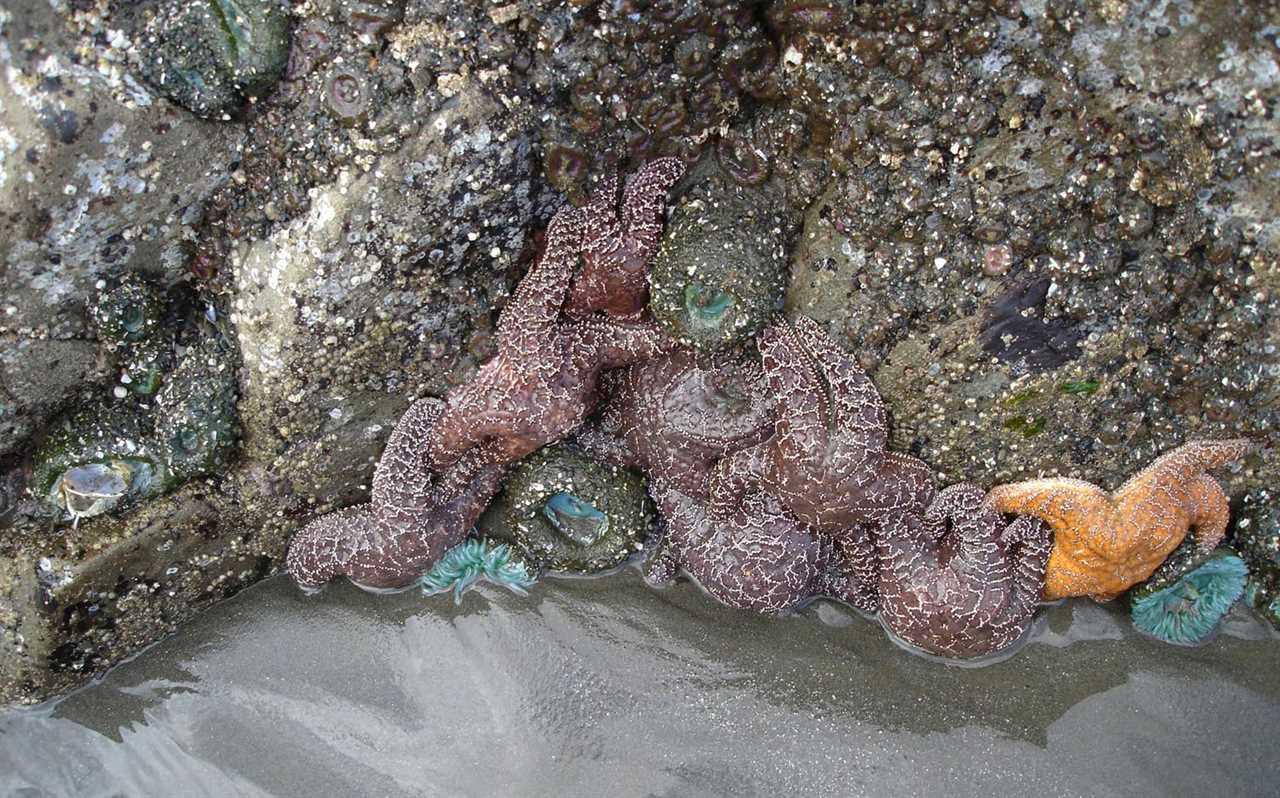
Accessed directly from Highway 101, visitors can hike and camp along this southwest portion of Olympic National Park. Birds like bald eagles and gulls are popular here, and hikers will find starfish and anemone in tidal pools along the way.
Hurricane Ridge
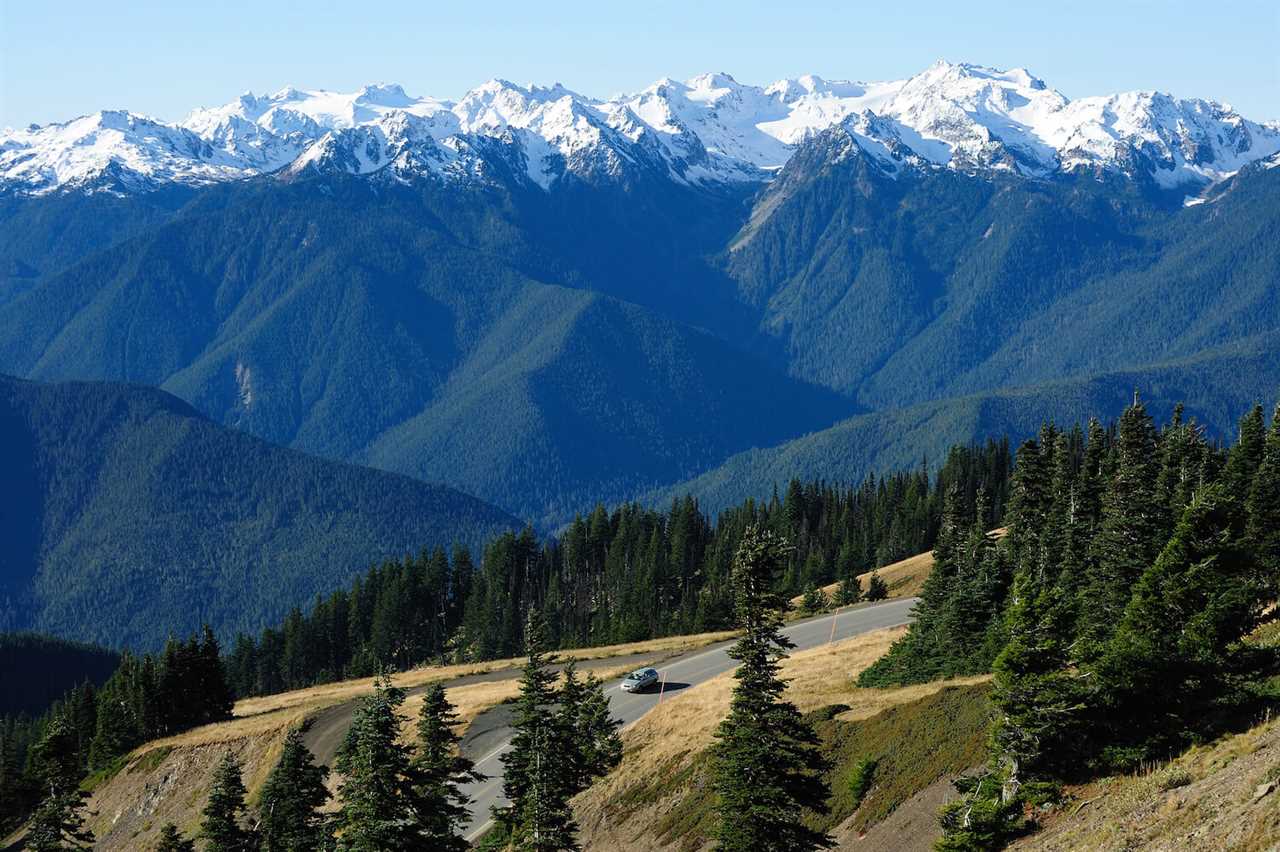
Photo by 2009fotofriends via Shutterstock
See the top of the world from this major roadway in the mountainous portion of the park. Open daily in the summer and Friday through Sunday each week in winter (dependent upon weather conditions), Hurricane Ridge has a variety of hiking/snowshoeing trails.
When possible, the Hurricane Ridge Winter Sports Club runs two rope tows and a Poma lift for downhill skiing enthusiasts.
Hoh Rain Forest
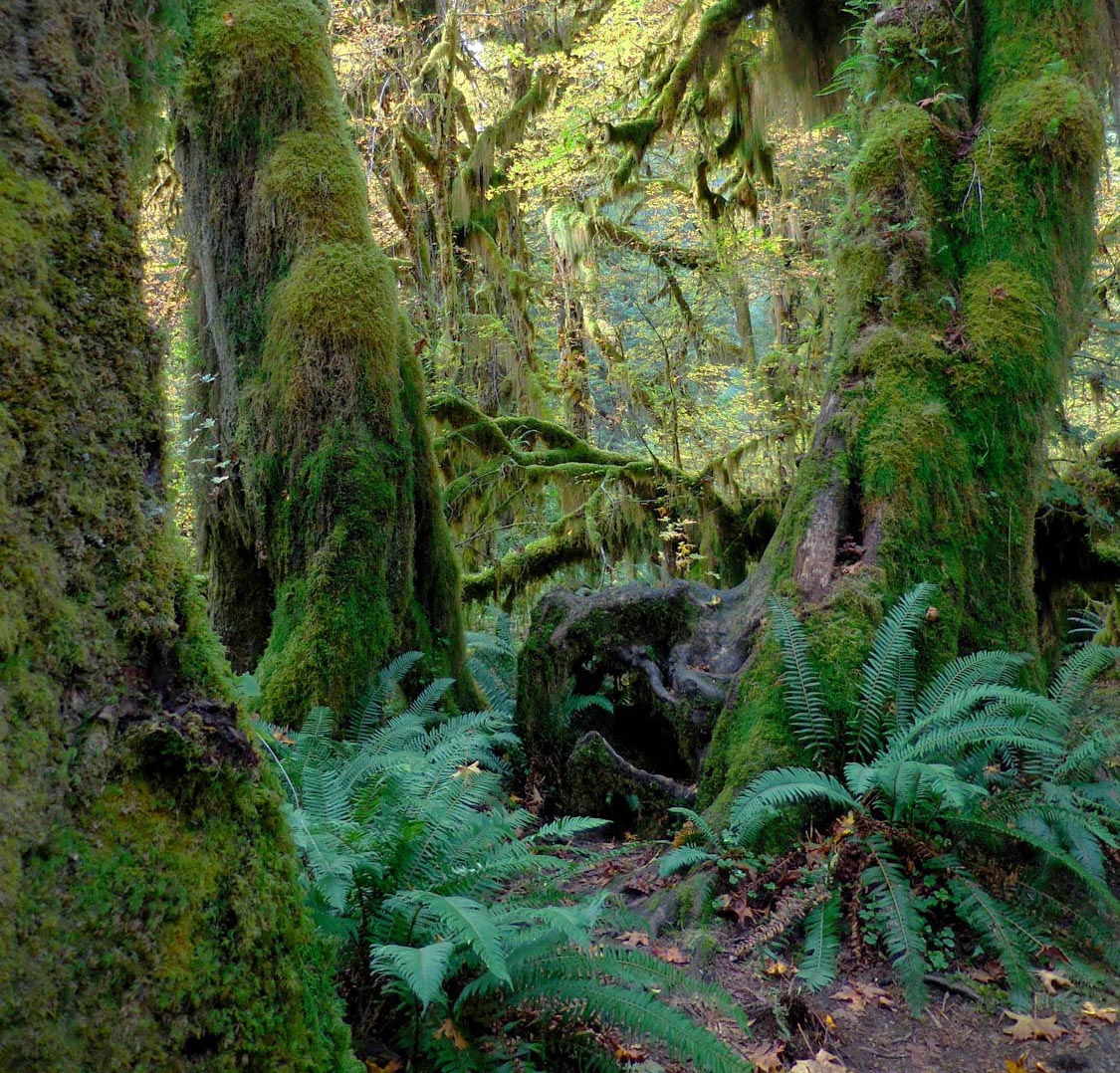
If ever there was an enchanted forest, this is it! Hike through deciduous and coniferous trees dripping with moss, the result of 170 inches of rain each year. The Hoh Rain Forest is one of the park’s most popular destinations and can be accessed via Upper Hoh Road from Highway 101.
Things to Do
There are more than just places to visit in this wonderful national park; there are plenty of activities, too. Here are a few of them.
Fishing
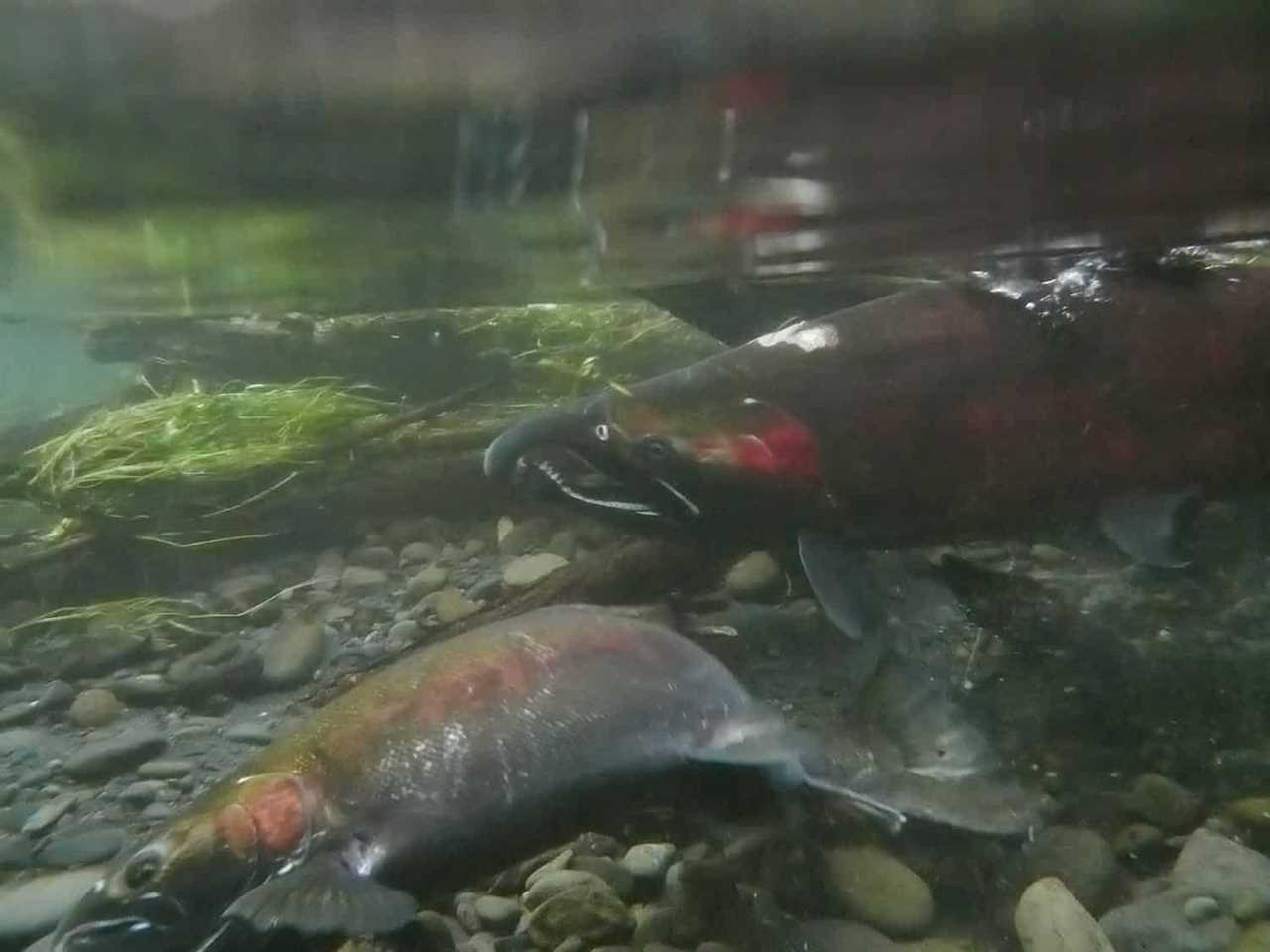
Photo Credit: NPS
There are more than 4,000 miles of streams, 600 lakes, and 75 miles of ocean coastline that are protected within the boundaries of Olympic National Park. That’s a lot of trout, salmon, and char for those who like to cast a line.
Keep in mind that the park manages angling activities to preserve native fish, while providing recreational fishing for park visitors, so adhering to fish and shellfish regulations is a must. Check the brochure for opening and closing dates on rivers and licensing requirements.
Hiking
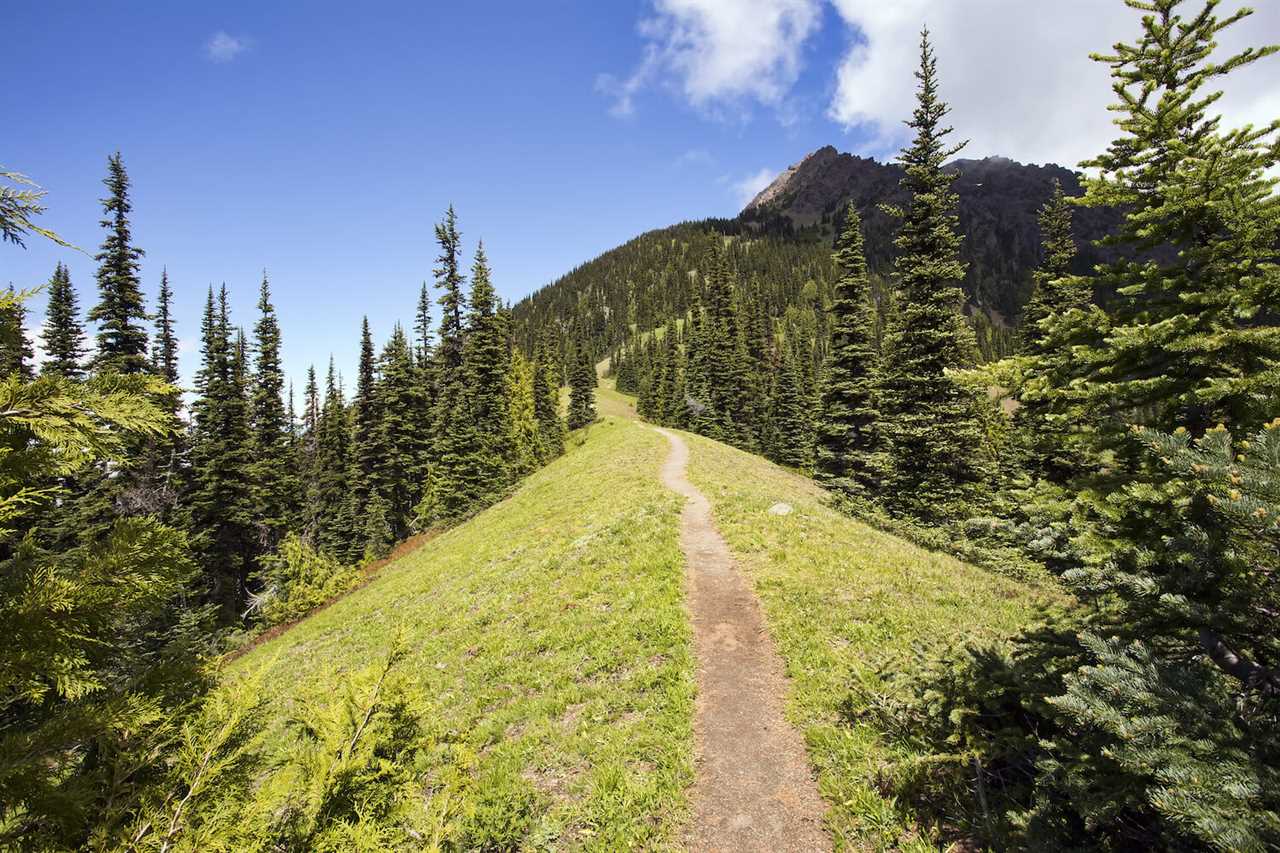
Photo by Bill Kennedy via Shutterstock
The wilderness is so vast within Olympic National Park that hiking opportunities abound everywhere you look. the park’s trail guides are broken into four distinct regions:
- North Coast Trails
- South Coast Trails
- Northside Trails
- Southside Trails
Stop by a visitor center to ask a park ranger about updated trail conditions and difficulty levels before hiking in Olympic National Park.
Climbing
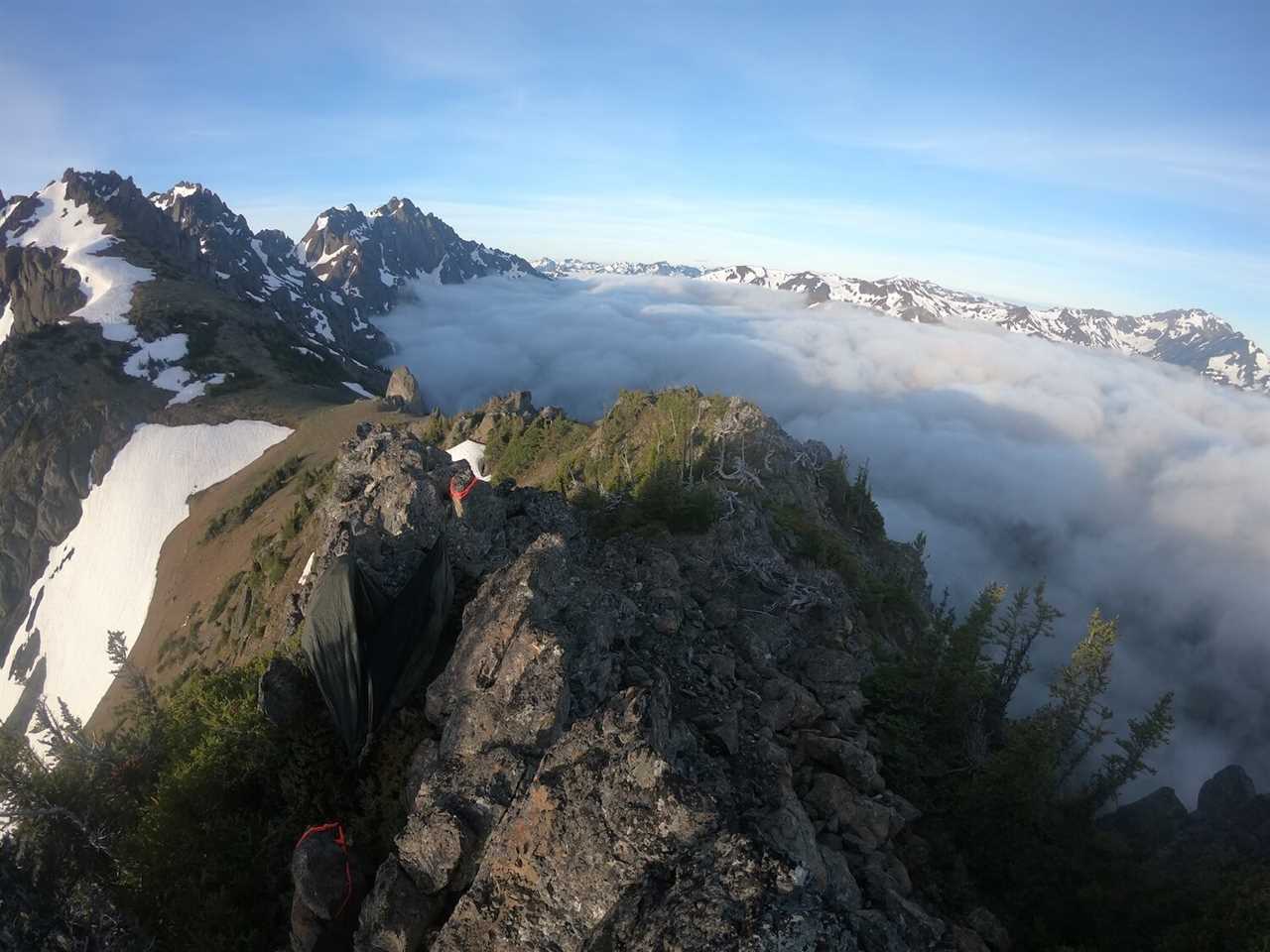
Photo by Grant-p via Shutterstock
Many enjoy climbing the extreme terrain within Olympic National Park, but these adventures come with some caution. The geologic makeup of the Olympic Mountains contains rocks that typically fracture easily, and they hold few cracks to anchor rock climbing gear.
Helmets should always be worn, and participants should be experienced climbers. Topographic USGS maps and a reputable climbing guide can be your best friend when planning routes.
Backpacking
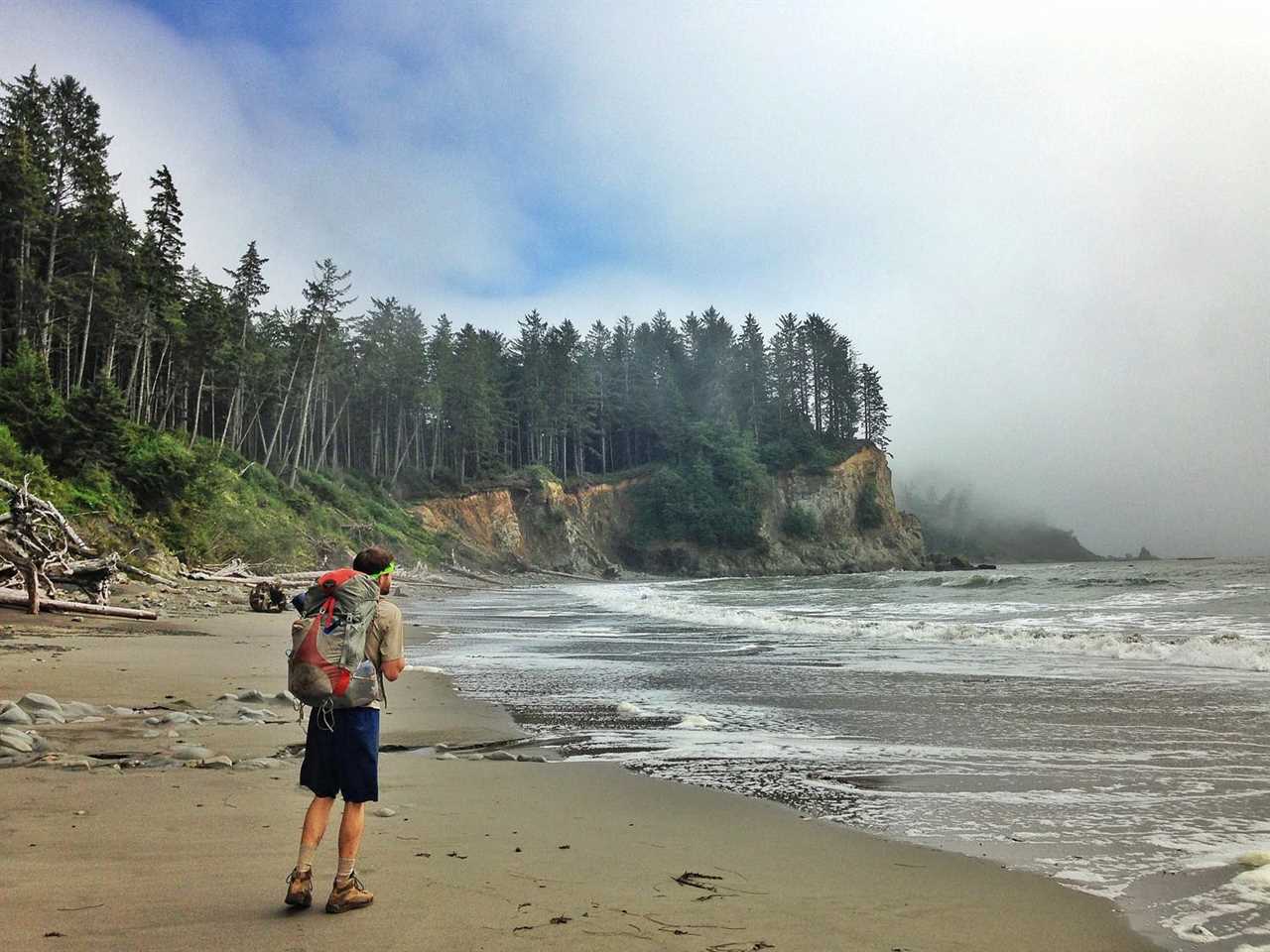
There is so much unspoiled wilderness within Olympic that backpacking to extend your excursion makes perfect sense. Bring a pack and a bedroll and plan a trip using the Wilderness Trip Planner to find suggested campsites, trails, regulations, and safety measures.
Wildlife Viewing

The park is host to many species of wildlife, and with a little knowledge and luck, visitors can catch glimpses of marmots, gray whales, black bears, Roosevelt elk, and mountain goats, among others. Check with rangers to discover recent animal sightings and habitats.
What to Bring and How to Prepare
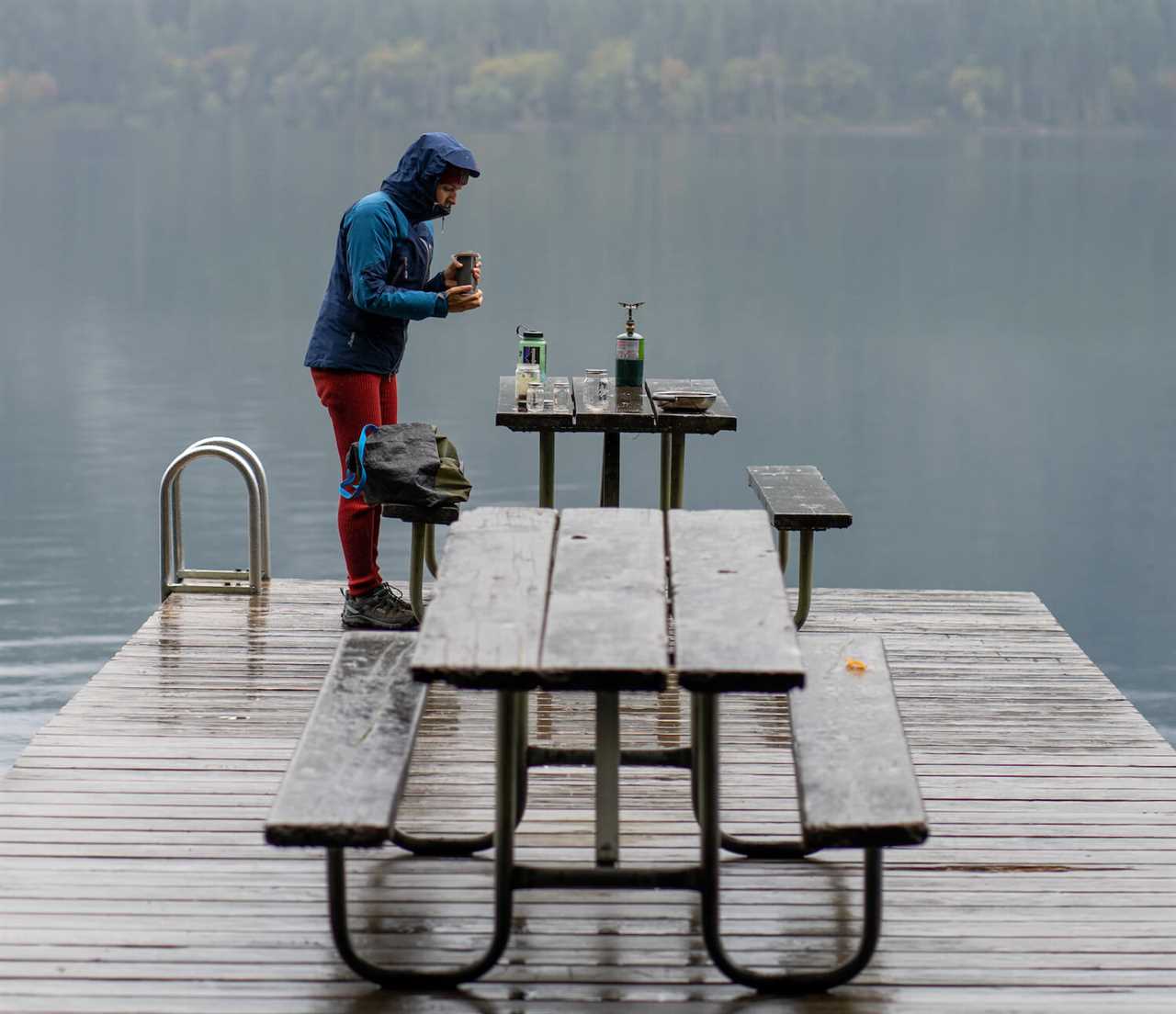
Photo by Jakub Stanek via Shutterstock
- Given the prevalence of rainy weather, make sure your RV is equipped with a reliable awning because you can still enjoy the park outdoors while staying dry.
- Olympic National Park allows dogs on a limited number of trails, but they are prohibited in many other areas of the park. Follow the National Park Service’s guidelines for pets in the park. Make sure they are always on a leash.
- You won’t have great cell reception in some places throughout the park. Consider investing in a signal booster to improve service in areas with limited reception
- Gear up for rain. The park averages 100-140 inches of rainfall each year, which makes for some incredible natural landscapes but can put a limit on your activities without the right rain gear and shoewear.
- From salmon to trout to steelhead, there are a lot of fishing opportunities in Olympic National Park, but this is serious fishing, so you’ll want to gear up with the right fishing supplies before heading out. Even consider hiring one of the many guide services in the area.
- Popular restaurants in the area include Lake Crescent Lodge, Springs Restaurant at Sol Duc Hot Springs Resort, and Granny’s Cafe. But to stay a the campsite longer, be sure to pack the camping cooler with snacks and meals on-the-go.
Brief History of Olympic National Park
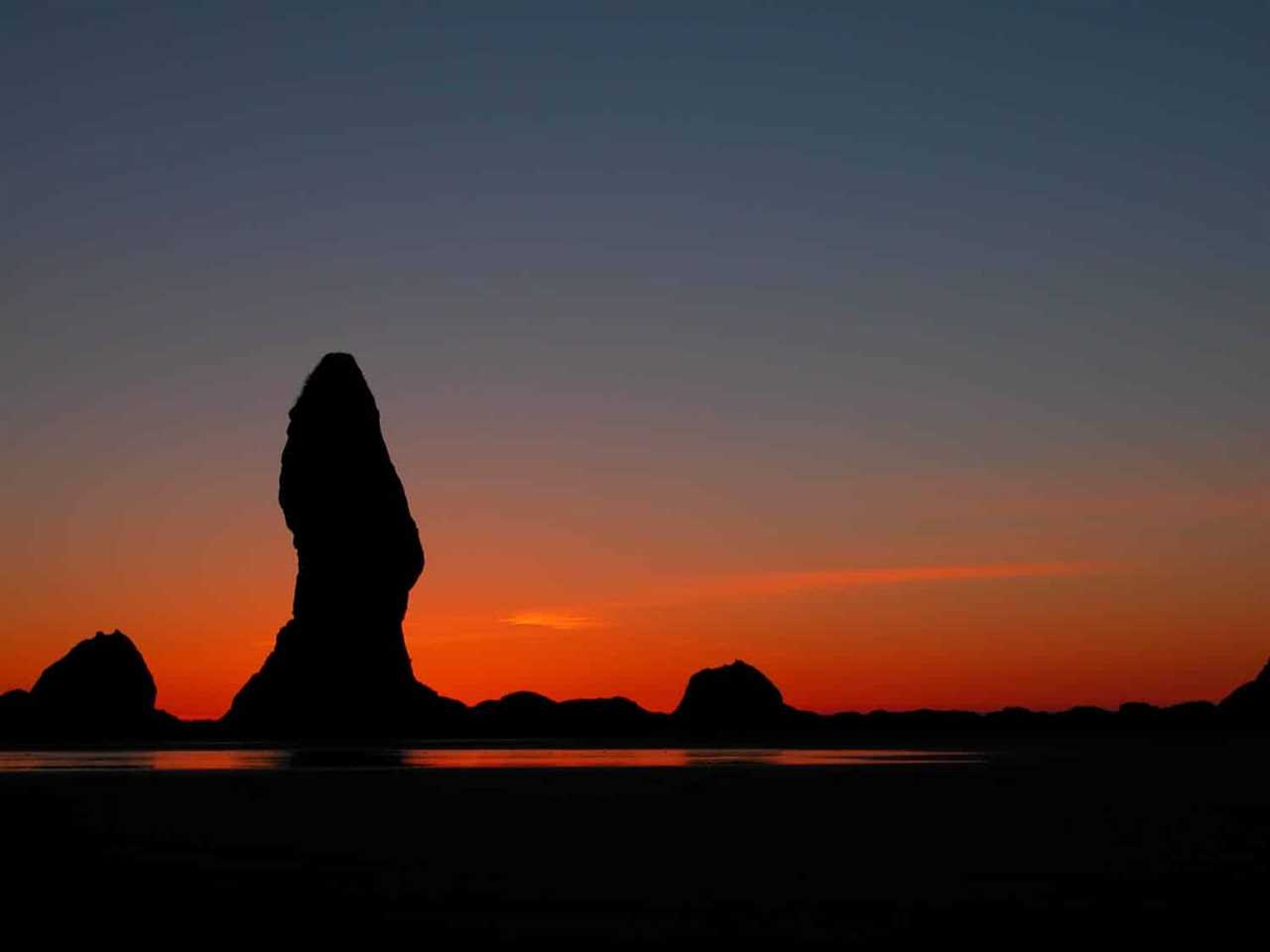
Photo Credit: NPS by Carmen Bubar
Native Americans were the first to enjoy the abundant fish and game of the region, doing so for thousands of years before European settlers brought devastating diseases with them. So, by the time these outsiders arrived, the indigenous peoples were all but gone. These new pioneers established logging operations in the late 1800s, as growing communities in the west required more construction material.
It only took a few years of clear-cutting for locals to realize their natural resources needed protection. Talk of making the Olympic Peninsula a national park started in 1890, and by 1897 the Olympic National Forest had been named, giving the forests some safeguards against overuse. Even President Theodore Roosevelt attempted to protect his namesake Roosevelt elk in the region by designating Mount Olympus National Monument in 1909.
It took more public pressure to convince Franklin Roosevelt to finally sign the Olympic National Park declaration into law in 1938. Today arguments still continue over logging rights outside the park boundaries, but the old-growth forests, rocky beaches, and snow-covered mountain peaks are on display for all to enjoy.
Plan your next trip to the national parks in an RV. Rent an RV, trade-In your RV, or buy a new or used RV and start traveling for less than $5 a day.
Have you ever been to Olympic National Park? Share your experiences and advice in the comments below!
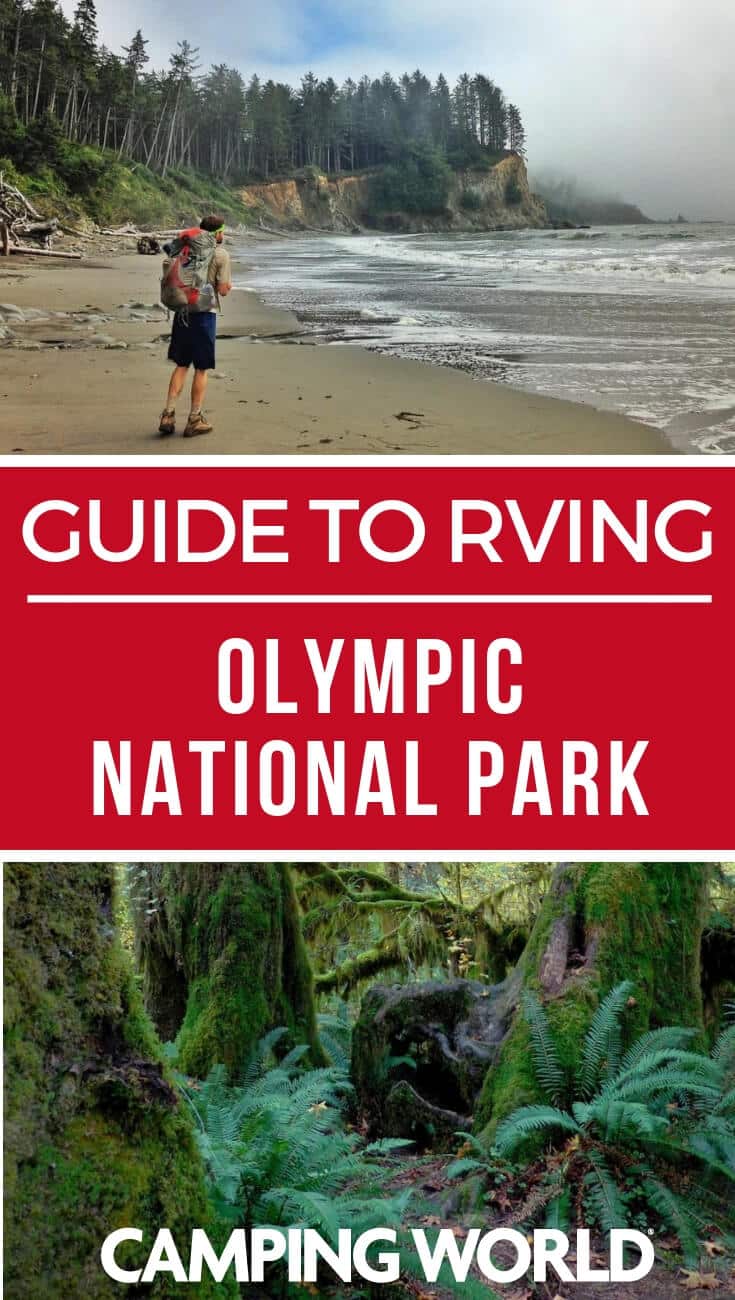
By: Shelley Dennis
Title: Camping World’s Guide to RVing Olympic National Park
Sourced From: blog.campingworld.com/the-rv-life/where-to-go/camping-worlds-guide-to-rving-olympic-national-park/
Published Date: Tue, 20 Sep 2022 18:00:06 +0000
---------------------------------------------
 CampingSurvivalistHuntingFishingExploringHikingPrivacy PolicyTerms And Conditions
CampingSurvivalistHuntingFishingExploringHikingPrivacy PolicyTerms And Conditions
